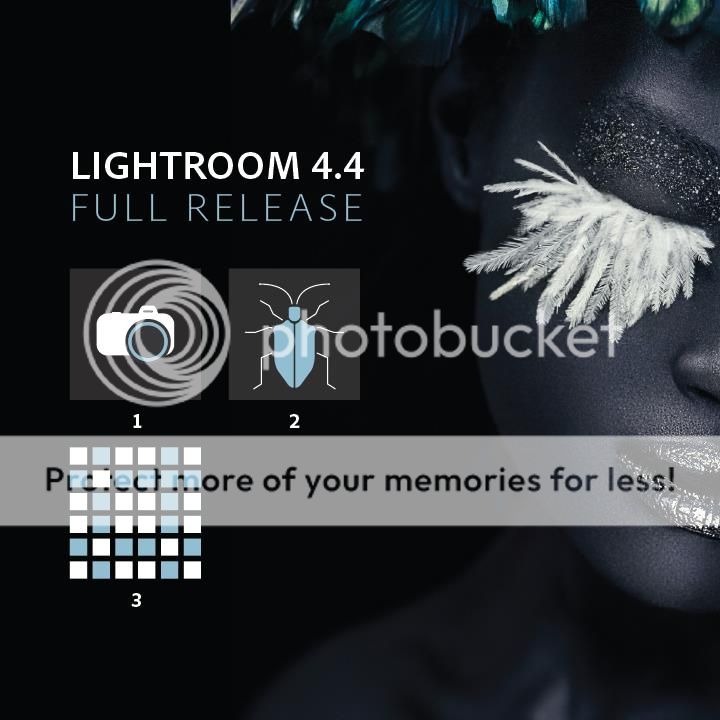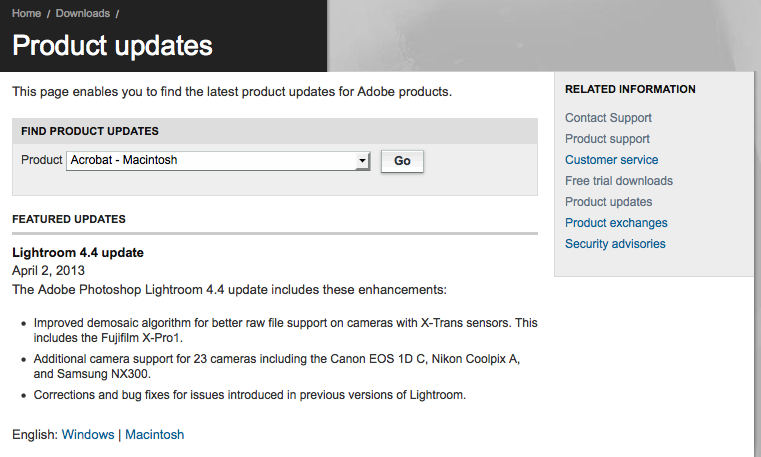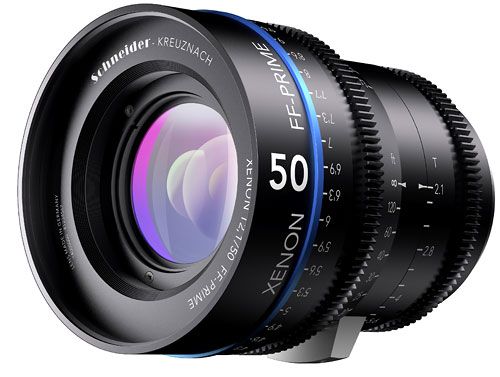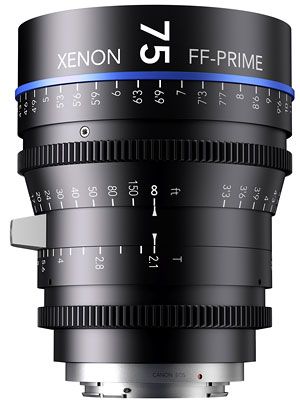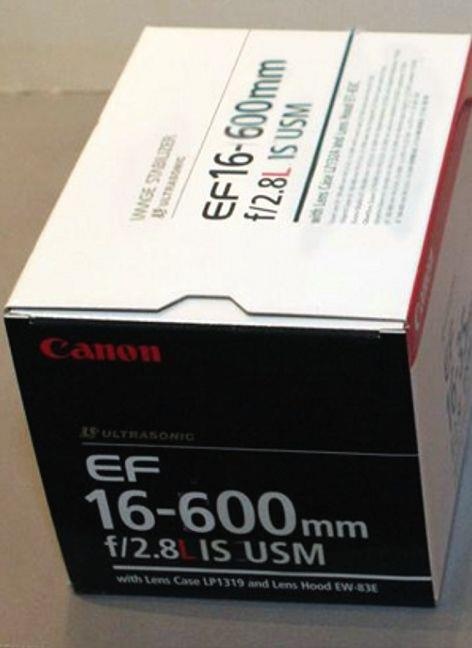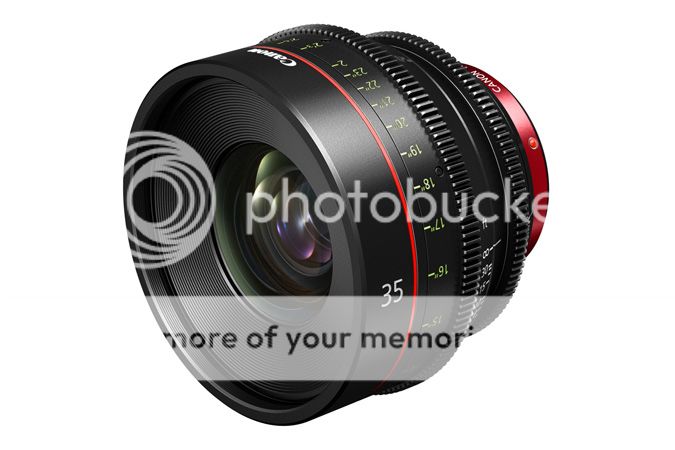
This came quietly. Yesterday Canon announced the development of a new 35mm prime lens for their cinema line-up. The lens is designed for 4k.
The press release:
Designed for Film-Style Operation, Canon Cinema Prime Lenses Deliver 4K Imaging Performance
MELVILLE, N.Y., April 3, 2013 – Canon Inc., the parent company of Canon U.S.A., Inc., a leader in digital imaging solutions, has announced the development of a 35mm cinema prime lens for large-format single-sensor cameras employing Super 35mm, full-frame 35mm, and APS-C size imagers. The 35mm cinema prime lens will look to join Canon’s line of 14mm, 24mm, 50mm, 85mm, and 135mm EF-mount Cinema prime lenses. The 35mm cinema lens in development will look to become the sixth in the line, filling a strategic optical need between Canon’s 24mm and 50mm lens offerings. As with Canon’s precision-matched, competitively priced CN-E prime lenses, the 35mm lens under development will look to deliver 4K optical performance and inherit the professional operability of the existing CN-E prime lens line.
Canon Cinema prime lenses are part of the Canon Cinema EOS System of professional digital cinematography products, which also include the EOS C500 4K/2K Digital Cinema Camera, EOS C300 Digital Cinema Camera, EOS C100 Digital Video Camera, EOS-1D C 4K DSLR Cinema Camera, and four Canon Cinema zoom lenses. A development sample of the 35mm cinema lens will be on display in the Canon booth #C4325 during the 2013 NAB Show in Las Vegas, NV, April 8-11, 2013, and the lens itself is currently expected to officially launch sometime this year.
“Canon is committed to supporting cinematic culture and the continued advancement of tools for visual storytelling at all levels,” affirmed Yuichi Ishizuka, executive vice president and general manager, Imaging Technologies & Communications Group, Canon U.S.A. “During the past 18 months, Canon has brought our Cinema EOS product line to market, and in that time we have introduced HD, 2K, and 4K cameras, lenses and workflow solutions, as well as structured a comprehensive service and support network for professionals in the theatrical motion picture and television markets to enable customers to create and deliver exceptional imaging content and cinematic brilliance.”
Current Canon Cinema Lens Lineup
Each current Canon Cinema lens is equipped with an 11-blade aperture diaphragm, which is ideally suited to help achieve creative depth-of-field manipulation and pleasing “bokeh” effects. The Canon line of Cinema prime lenses is precision-matched for consistent and solid optical performance throughout the line, and the inner focus mechanism helps minimize focus-induced changes in the angle of view. All feature a full-frame image circle in a lightweight, compact design, and they incorporate proven Canon lens elements designed to fulfill contemporary 4K production standards. All Canon Cinema primes also deliver color tone and balance that matches Canon’s top-end Cinema zooms and compact Cinema zooms. Canon Cinema prime lenses deliver the operation and reliability required in professional film-style shooting environments.
All Canon Cinema prime lenses are fully compatible with the Canon EOS C500, EOS C300, EOS C100, and EOS-1D C digital cinema cameras. The EF-mount design of all Canon Cinema prime lenses provides communication with these cameras for such handy features as display of the ƒ number in the electronic viewfinder, recording of focus/zoom position and f number, and, later this year, Peripheral Light Compensationi.
Strategically integrated motion-picture style mechanical attributes (as opposed to those for still photography lenses) are also an important design feature of Canon’s series of Cinema prime lenses. These film-style characteristics include 300-degree rotation on the focus ring for precision focus control as well as large, highly visible engraved focus scales for convenient operation. These markings appear on the angled surfaces on both sides of the barrel, making them easy to read and to adjust the “stepless” focus and/or aperture settings of the lenses from behind or from either side of the camera for camera operators or focus pullers. Focus markings can be switched from standard labeling to metric, and control rings are engineered to maintain the proper amount of resistance with consistent operating torque and familiar tactile “feedback” for satisfying manual control. All of Canon’s current Cinema prime lenses also share the same uniform gear positions, diameters, and rotation angles, as well as front-lens diameters, making them compatible with a wide variety of matte boxes, follow focus gear, marking disks, and other third-party film-industry-standard accessories. Film crews can quickly change lenses without the need for accessory gear-position adjustments or other changes to the rig setup.
The versatility of image-capture options using Canon EOS digital cinema cameras can be further extended with Canon’s Cinema Zoom lenses (the CN-E14.5-60mm T2.6 wide-angle and the CN-E30-300mm T2.95-3.7 telephoto) and Compact Cinema Zoom lenses (the CN-E15.5-47mm T2.8 wide-angle and CN-E30-105mm T2.8 telephoto). All four lenses are available in both EF- and PL-mount versions, and the mount can be switched at a Canon service facility in the United States for added flexibility. Almost all of Canon’s EF Series photographic lenses can also be used with these Cinema EOS cameras, including Image Stabilized zoom, tilt-shift, and macro lenses.



